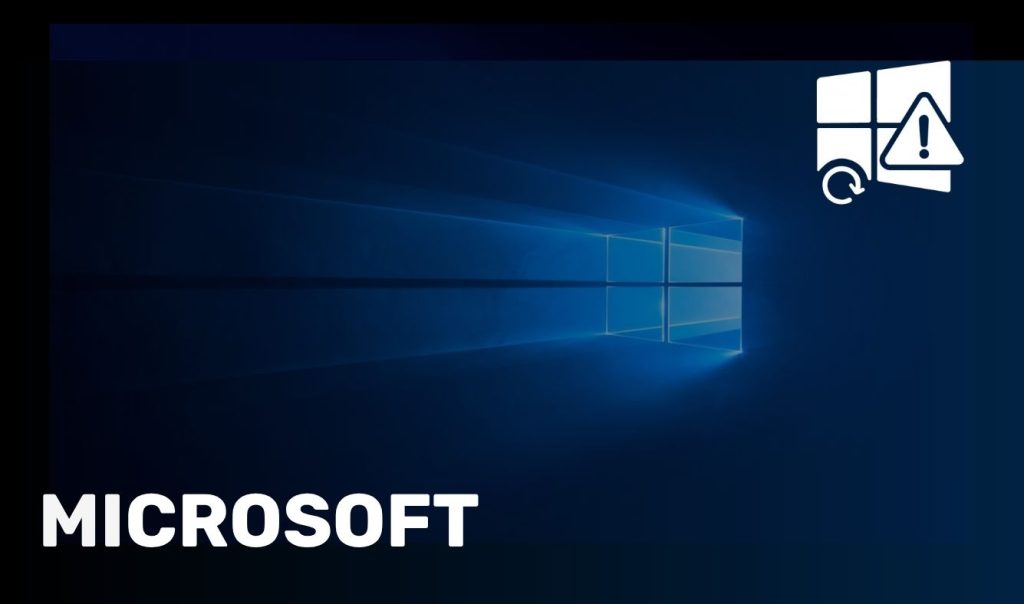In today’s digital age, businesses face an increasing need to secure their sensitive data and IT infrastructure. As organisations evaluate their options, the debate of Cloud security vs On Premise Security continues to grow. Both options offer distinct advantages and challenges, making the decision highly dependent on an organisation’s unique needs, goals, and security posture.
This comprehensive guide by Creative Networks explores the Cloud Security vs On-Premise Security comparison, highlighting their differences, benefits, limitations, and key considerations to help businesses make an informed choice.

Understanding Cloud Security
Cloud security refers to the measures and protocols designed to protect data, applications, and infrastructure hosted on cloud platforms like AWS, Microsoft Azure, or Google Cloud. Cloud security involves securing shared environments and ensuring compliance, often in collaboration with a cloud service provider (CSP).
Benefits of Cloud Security
- Scalability and Flexibility: Cloud platforms allow businesses to scale resources up or down based on demand, ensuring optimal performance without the need for over-provisioning hardware.
- Cost-Efficiency: With cloud managed security, organisations avoid the capital expenditure (CapEx) of purchasing and maintaining physical servers. Operating expenses (OpEx) are predictable, with pay-as-you-go pricing models.
- Advanced Security Features: Leading cloud providers offer robust security tools such as encryption, identity and access management (IAM), and threat detection powered by artificial intelligence.
- Disaster Recovery and Business Continuity: Data is often stored across multiple geographic regions, enabling quick recovery during outages or cyberattacks.
- Automatic Updates and Compliance: Cloud providers handle regular software updates, security patches, and compliance requirements, reducing the administrative burden on IT teams.
Limitations of Cloud Security
- Shared Responsibility Model: While CSPs manage the security of the cloud infrastructure, businesses are responsible for securing their data, applications, and access controls.
- Data Sovereignty Issues: Regulatory compliance can become complex when data is stored across multiple regions.
- Potential Downtime: Dependence on internet connectivity means that outages can disrupt access to data and applications.
Understanding On-Premise Security
On premise security refers to securing data and IT infrastructure that is hosted and managed within an organisation’s physical premises. This traditional approach gives businesses full control over their IT systems and data.
Benefits of On-Premise Security
- Complete Control: Organizations maintain full ownership of their data, infrastructure, and security protocols, allowing for tailored configurations and policies.
- Enhanced Data Sovereignty: On-premise systems enable businesses to store sensitive data in specific locations, addressing regulatory and compliance concerns.
- Reduced Latency: For applications requiring high performance, on-premise solutions eliminate the dependency on internet connectivity, offering faster access to data and applications.
- Customisable Security Measures: Organisations can design and implement custom security solutions to address unique risks.
Limitations of On Premise Security
- High Initial Costs: Purchasing, maintaining, and upgrading physical servers and networking equipment requires significant upfront investment.
- Scalability Challenges: Expanding on-premises infrastructure is time-consuming and costly, often requiring additional hardware and space.
- Limited Disaster Recovery: In the absence of robust backup systems, on-premise setups are more vulnerable to physical damage, such as fire or floods.
- Resource Demands: Managing on-premises systems demands a dedicated IT team to handle updates, monitoring, and security.
Cloud vs. On Premise Security Comparison

Key Factors to Consider Choosing Between Cloud and On-Premise Security
- Regulatory and Compliance Requirements
Businesses operating in heavily regulated industries such as healthcare or finance must evaluate data sovereignty and compliance mandates. For instance, if laws require data to remain within specific geographic borders, an on-premises approach might be more suitable. - Budget and Resource Allocation
Organizations with limited upfront capital may find cloud solutions appealing due to their operational expense model. Conversely, businesses with long-term budgets and in-house IT expertise may prefer the predictable ownership of on-premise systems. - Scalability Needs
Fast-growing businesses or those with fluctuating demands benefit significantly from the cloud’s scalability. On-premise solutions are better suited for companies with stable and predictable IT requirements. - Performance Demands
Applications requiring minimal latency, such as financial trading platforms, may benefit from on-premise setups where data remains local. For general-purpose business applications, cloud solutions often suffice. - Disaster Recovery Plans
Cloud platforms offer robust disaster recovery capabilities through geographically distributed servers. Organizations with critical data dependencies should evaluate their ability to replicate similar resilience with on-premise infrastructure. - Security Expertise
The availability of skilled IT professionals plays a significant role. Cloud providers often include cutting-edge security features and expertise, reducing the burden on in-house teams.
Cloud Managed Security vs On-Premise Security: How to Choose
To make the best decision between Cloud managed Security vs On-Premise security, organisations must weigh their priorities:
Choose Cloud Security If:
- You prioritise scalability and flexibility.
- Budget constraints demand a cost-effective solution.
- You require built-in disaster recovery and automatic updates.
Choose On Premise Security If:
- Regulatory compliance requires strict data control.
- Latency-sensitive applications are a priority.
- You have the resources and expertise to manage in-house systems.
The Future of Cloud vs On-Premise Security
As technology advances, hybrid models are becoming increasingly popular. These solutions combine the best aspects of Cloud Security and On-Premise Security, offering flexibility and tailored protection. For instance, businesses can store sensitive data on-premises while leveraging the cloud for scalability and disaster recovery.
Contact Creative Networks Today
The decision between On Premise vs Cloud Security hinges on an organisation’s specific needs, including regulatory compliance, budget, scalability, and IT expertise. By conducting a thorough evaluation of these factors, businesses can choose a security model that aligns with their goals while safeguarding their critical assets.
For expert guidance in navigating the Cloud vs. On-Premise Security comparison, trust Creative Networks. Our tailored Cybersecurity Solutions ensure your business is protected, whether you prefer cloud, on-premise, or hybrid security models.
Contact us today to find the best fit for your organisation’s needs!




